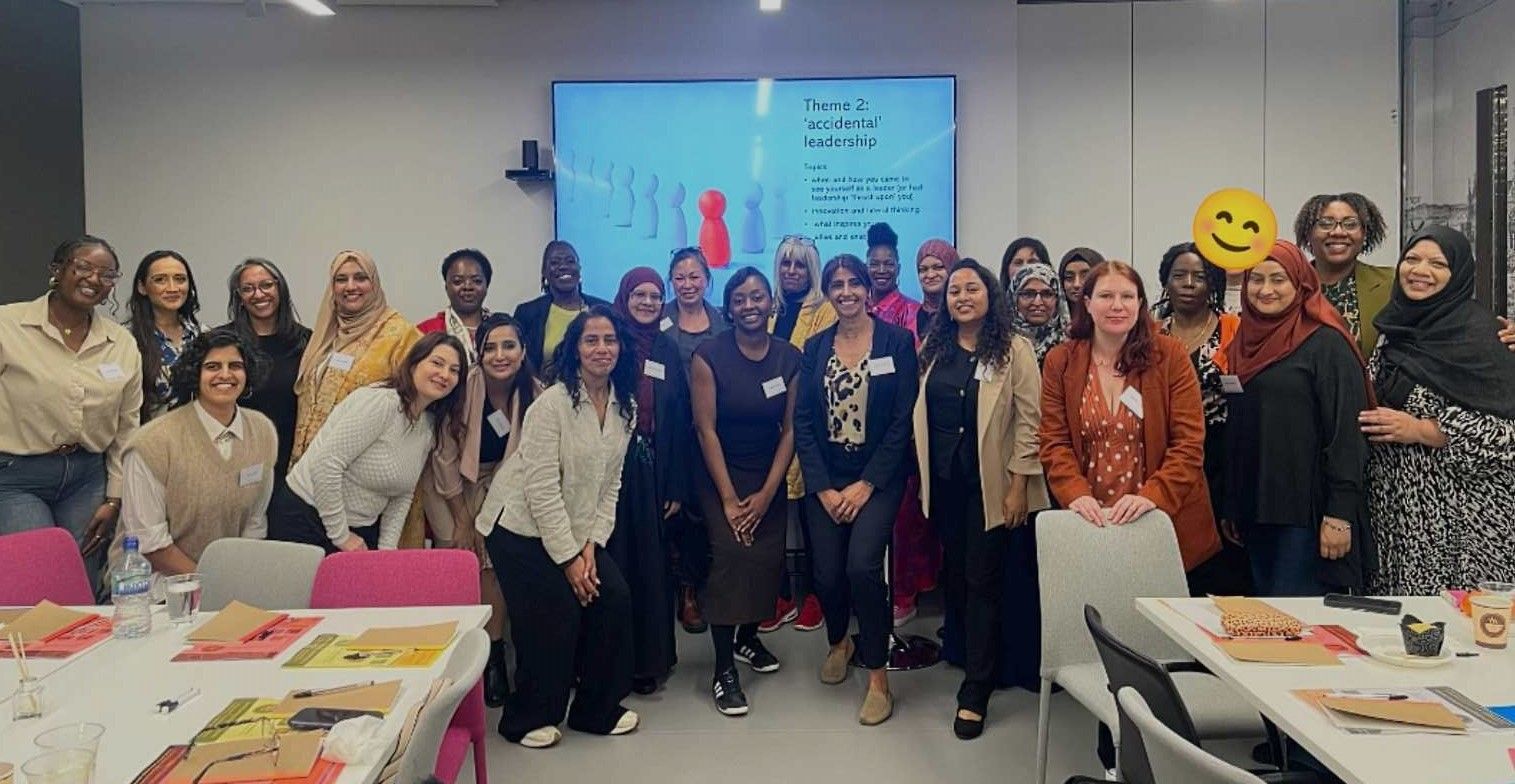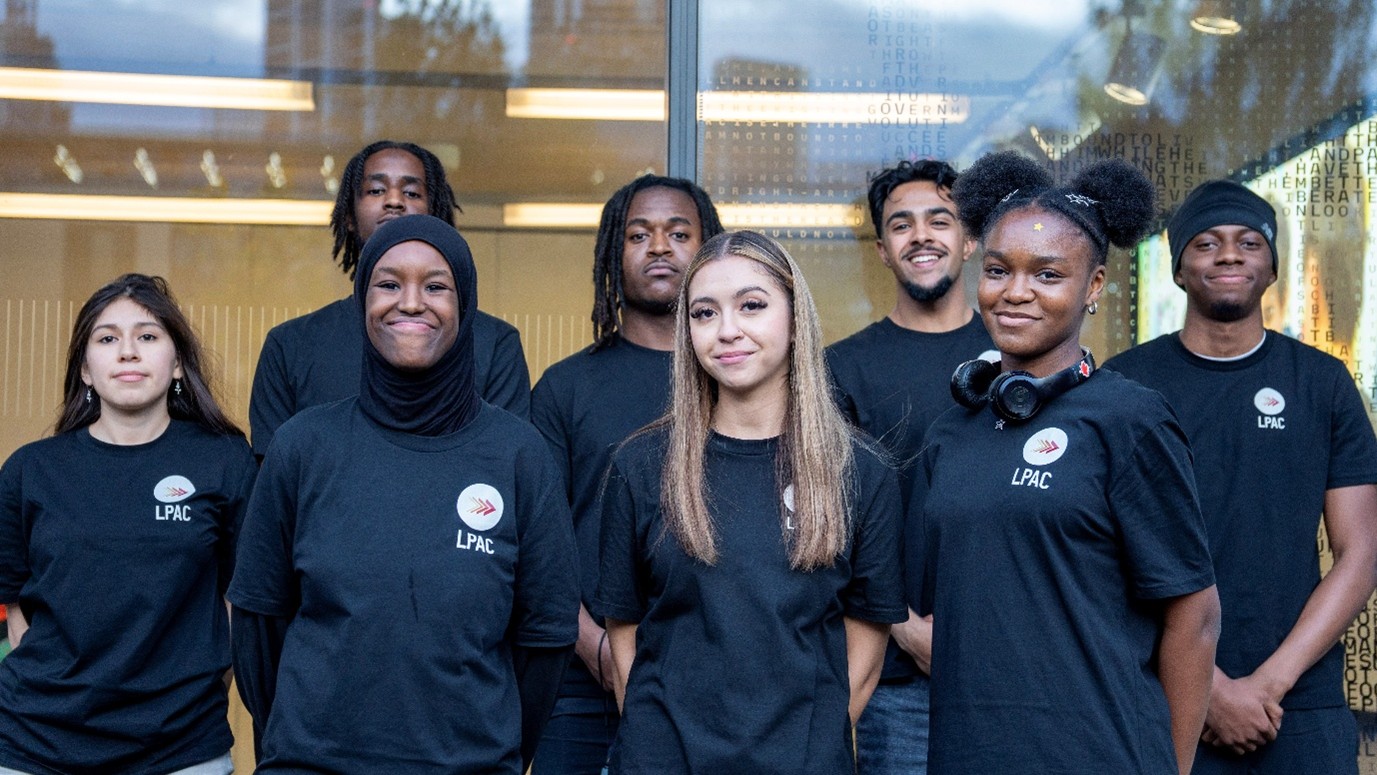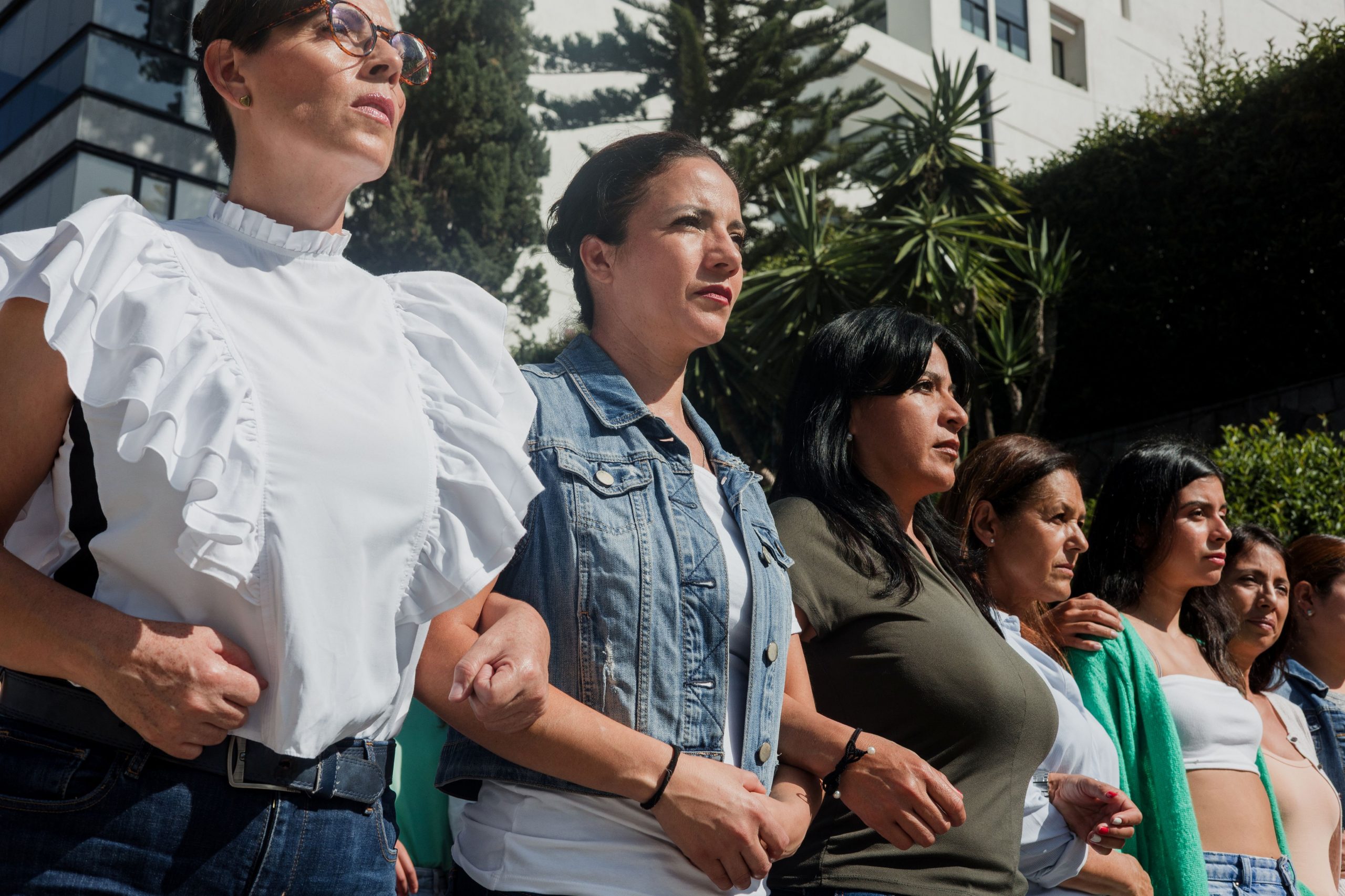Researching the impact of Black and Asian women leadership within East of England domestic abuse services
The East of England is a region with minimal presence of ‘by and for’ (BFR) domestic abuse (DA) specialist services despite being home to Black and Asian communities. A VISION-funded research project, ‘Nothing about us without us’: Investigating the impact of the leadership of ethnic minority women on domestic abuse service provision in East England’, is exploring the impact of the leadership of Black and Asian women within DA service provision in the region.
As part of the work, researchers Dr Mirna Guha (Anglia Ruskin University) and Dr Katherine Allen (University of Suffolk), hosted a leadership event on 3 April 2025 for racially and culturally diverse women. Held at a venue provided by the City of London police, the event was part of a leadership programme implemented through the HUM (‘Us) : A Place-based Emerging-Leaders Model designed and piloted by Mirna and Katherine to diversify leadership in domestic abuse and sexual violence services. Research aims include ensuring culturally responsive and representative support for minoritised victims-survivors in East England.
Prior to the April event, Mirna and Katherine researched the leadership needs of 19 overstretched frontline practitioners i.e. ‘emerging leaders’ from racialised communities working within White-majority and at times professionally isolating generalist services across Bedfordshire, Suffolk and Cambridgeshire. East England is home to scattered racialised and diasporic communities where women’s leadership in local politics and policymaking is low. Based on this, three events on trauma-informed, culturally responsive and diverse styles of leadership have been co-produced with national DASV experts. Participants were invited to also join a regionally pioneering Community of Practice (CoP).
At the April event in London, 15 emerging leaders from racialised backgrounds gained insights into the strategies, opportunities and challenges of practising culturally and racially representative leadership through an inspiring keynote by Superintendent Jasvinder Kaur, Domestic Abuse Lead at Suffolk Constabulary and co-founder of the National Women of Colour in Policing network. Furthermore, nine Black and racialised women speakers associated with statutory institutions viz. Cambridge City Council and the National Police Chief’s Council.
Voluntary organisations also spoke including Apna Haq in Rotherham, Asian Women’s Resource Centre in London, and Karim Foundation in Cambridge. Others also shared their experiences of navigating rural and predominantly White spaces, and their strategies for claiming space, giving voice to community members and creating opportunities for other culturally and racially diverse women leaders. One notable theme was the pathbreaking role each panellist had assumed during her career, opening (or at times creating) doors for herself and those who followed. Discussions across the day dwelled on temporality and the changing political landscapes as well as place-based challenges linked to rurality.
Overall, the leadership model, including this event and others and the growing leadership CoP, with a current membership of 25 emerging women leaders, aims to address these contextual and temporal challenges by bolstering and diversifying racialised women’s leadership in public services to ensure equity for minoritised victims-survivors.
By laying the groundwork for a regional advisory board through the CoP, the model challenges the epistemic erasure of racially and culturally minoritised women within the design of DASV, and broadly, public services which exacerbate the postcode lottery of services across England and Wales. Inspired by Pawson and Tilley’s (1997)[1] approach to realist evaluation (which seeks to understand what works for whom and in which circumstances) Mirna and Katherine aim to evaluate the impact of the leadership programme and CoP on how emerging leaders navigate specific challenges rooted in specific professional, relational and spatial contexts.
[1] Pawson, R. and Tilley, N., 1997. Realistic evaluation.
For further information, please contact Mirna at mirna.guha@aru.ac.uk
Photograph courtesy of Dr Mirna Guha and Dr Katherine Allen.




